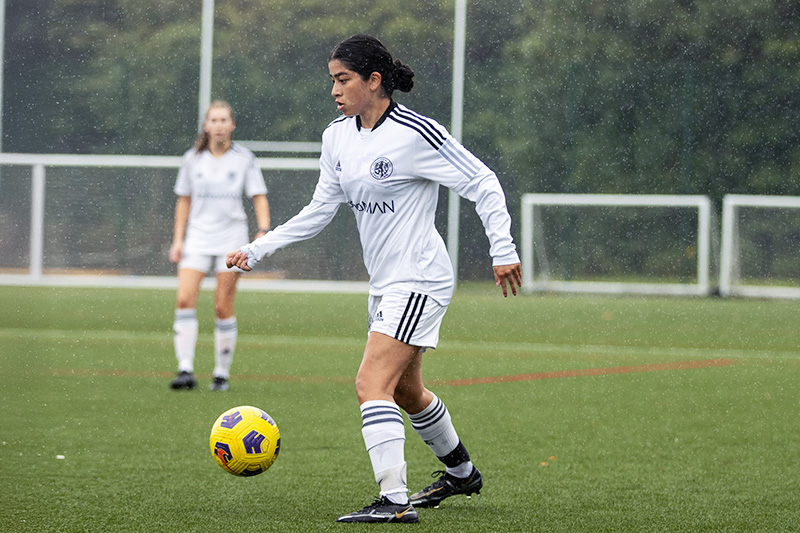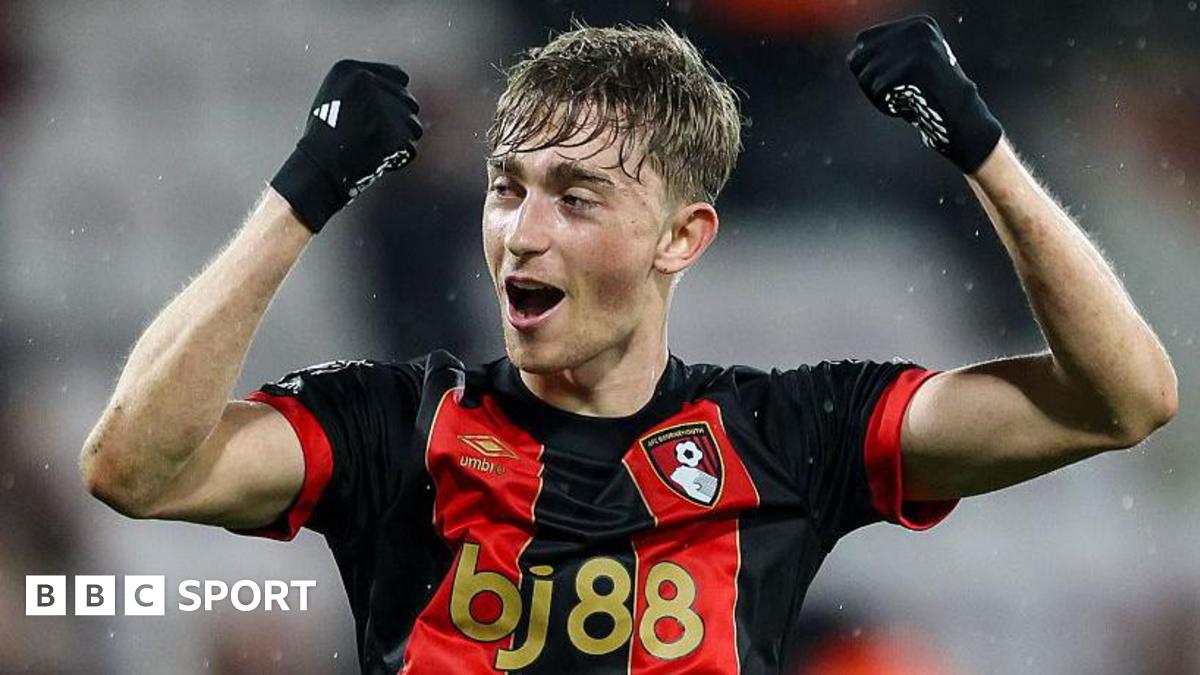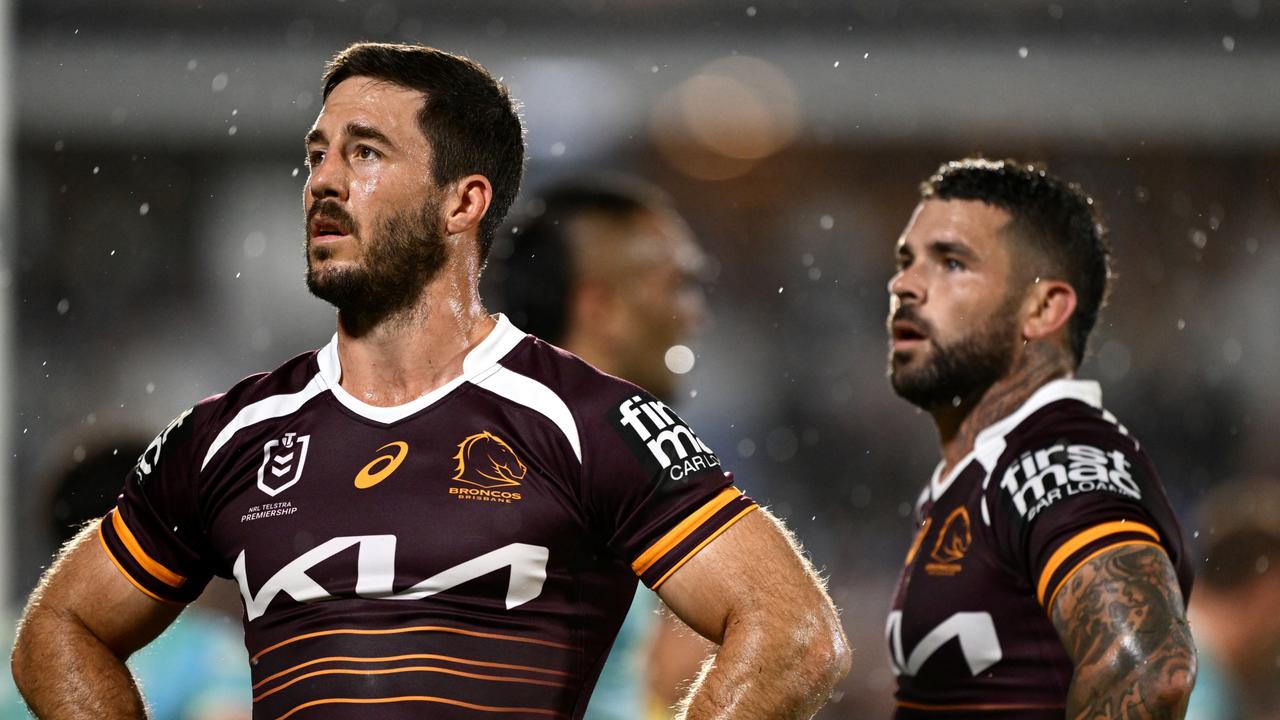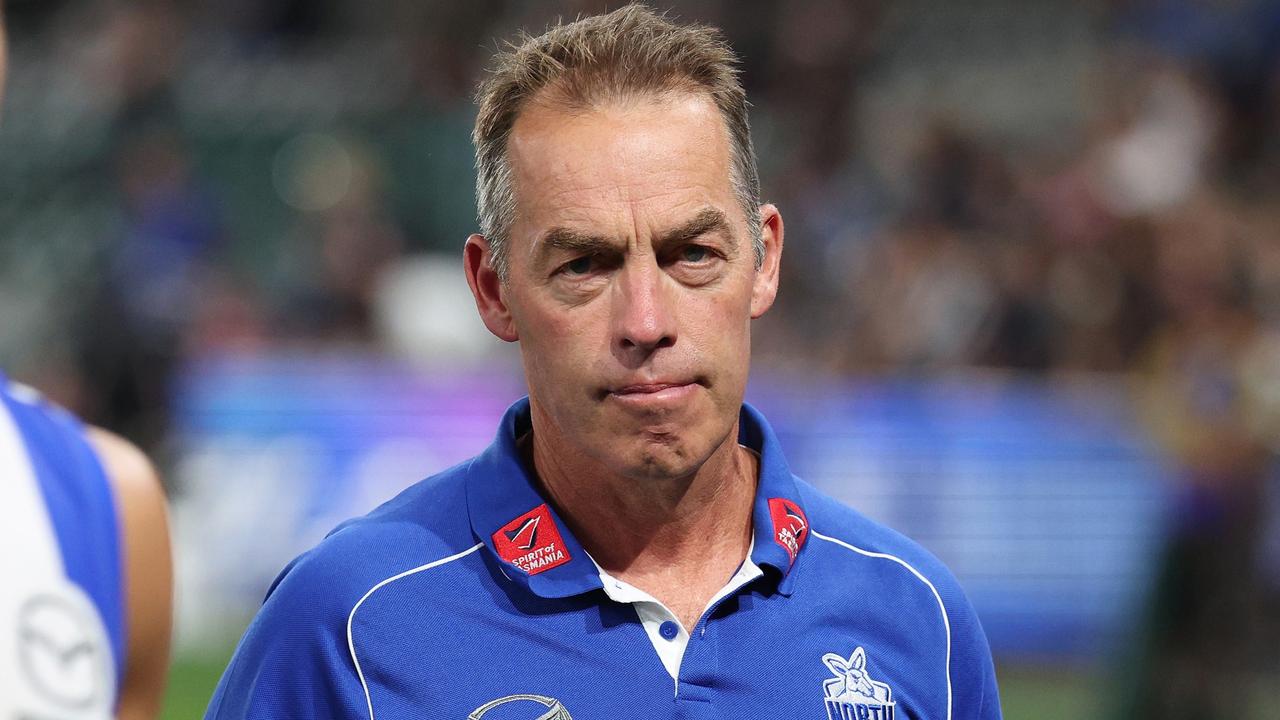Jackie’s dreams of playing professional soccer back on track after ACL surgery

Jackie was pursuing her dream of playing professional soccer in Newcastle, England, when a collision with another player injured her ACL.From her dorm in Newcastle, England, Jackie Zapata can hear fans roaring in the soccer stadium a few blocks away. Soccer is a major pastime in her adopted home. “The city gets amped up anytime there’s a game,” she says. “It’s a huge part of the culture here.” This enthusiasm makes Newcastle a good place for 21-year-old Jackie to live, study, and train.Jackie was 10 when, inspired by a flyer for the 2014 World Cup, she set her sights on playing professional soccer. From that point forward, she worked tirelessly toward her goal. She played varsity all four years of high school in Revere, Massachusetts and then got recruited to play for Newcastle.In England, she took university courses and trained every day. She was getting ever closer to playing at a semi-professional level when, in 2023, a collision with another player and resulting knee injury put her dreams on hold.“I had a gut feeling the injury was serious,” she says. She’d do weeks of rehab, only to experience shooting pains whenever she tried to play again. “I had a lot of anxiety, overthinking a lot of things,” she says. But, like an athlete rallying when the game seems lost, she focused on the path ahead.Soon after she flew home for the summer, Jackie got an MRI at Boston Children’s Hospital. “I’d been going there since I was a baby,” she says. “For my family, Boston Children’s was our first go-to.”Even on rainy days, enthusiastic soccer fans in Newcastle motivate Jackie to elevate her game.A common soccer injuryAnterior cruciate ligament (ACL) injuries are all too common in soccer. Sprinting, cutting, and pivoting — hallmarks of the game — put players’ ACLs (the main ligament in the knee) under continuous strain. The force of a fall, collision, or even a misplaced foot can tear the ligament partially or completely. Possibly due to differences in the structure of the knee and muscles that support it, female players injure their ACLs significantly more often than male players.As Jackie feared, MRI results showed that her ACL was completely torn. It was bad news, but just as Newcastle was the right place to take her soccer game to the next level, Boston Children’s was the right place to receive care. For decades, clinicians in the Anterior Cruciate Ligament Program have conducted extensive research to improve treatment for ACL injuries in growing athletes and help surgeons make the best treatment decisions based on an athlete’s age and stage of physical development.Jackie fell in love with soccer at a young age.Soon, Jackie was meeting with orthopedic surgeon Dr. Melissa Christino. As a former Division 1 athlete in lacrosse, Dr. Christino recognized right away how hard Jackie had worked to play at the level she’d reached. She also knew, through her clinical experience and research, that an ACL injury can trigger profound feelings of loss and despair in athletes.“It can be devastating for an athlete to hear they have an ACL injury,” says Dr. Christino. “Although ACL reconstruction is often just a day surgery, full recovery can take up to a year, sometimes longer. For an athlete whose life and identity revolves around their sport, the mental side of recovery can sometimes be more difficult than the physical side.”Indeed, Jackie had spent many sleepless nights worrying about her soccer future. It was a relief, therefore, to meet Dr. Christino. “She told me she had experience treating another semi-pro player,” says Jackie. That player had returned from an ACL tear to play at a high level. With a lot of hard work, Jackie felt, she could too.Return to the land of football (aka soccer)After the surgery and Jackie’s return to Newcastle, Dr. Christino remained involved in her care through regular virtual visits. She also consulted with the physiotherapists in Newcastle who were helping Jackie regain her leg strength and flexibility. “They were in constant communication,” says Jackie. “I think that’s why things went so smoothly.”Seven months after surgery, Jackie’s knee was strong enough for non-contact training. It felt great, she says, to practice her skills again, but also daunting. After so much time off, she got more easily winded and made mistakes she never would have made before.“I’d be gassed after warm-up and think, ‘How am I going to get back to the level I was?’” she says. “It took a long time to get my confidence back.”Supportive family and friends helped Jackie regain her confidence as she recovered from ACL injury.A light at the end of the tunnelThese days, Jackie is finishing up her final academic semester and gearing up to continue training in Newcastle. No longer held back by injury or fear, she is pursuing her goal to play at a professional level with as much determination as ever.As she heads into the next chapter of her life, she’s happy to share some of the wisdom she gained through her injury and recovery.“There is a light at the end of the tunnel,” she says. “It was a long, long journey and it often felt more mental than physical. It’s important to have people — family and friends — to boost you up.”Learn more about the Sports Medicine Division and Anterior Cruciate Ligament (ACL) Program.









)


